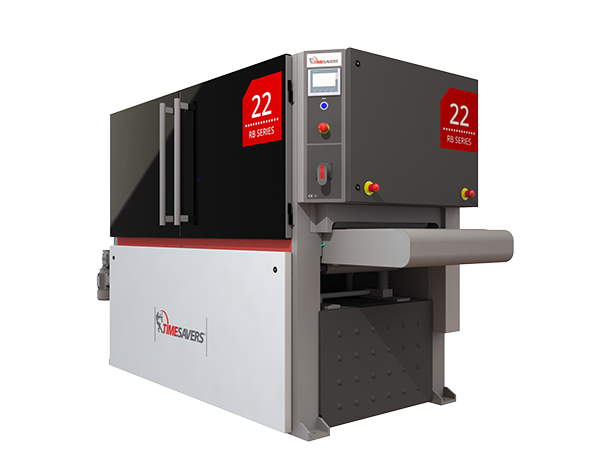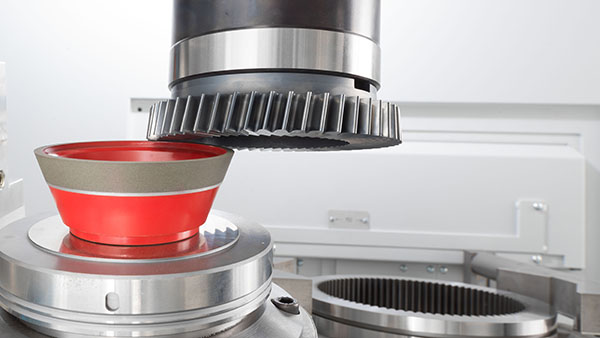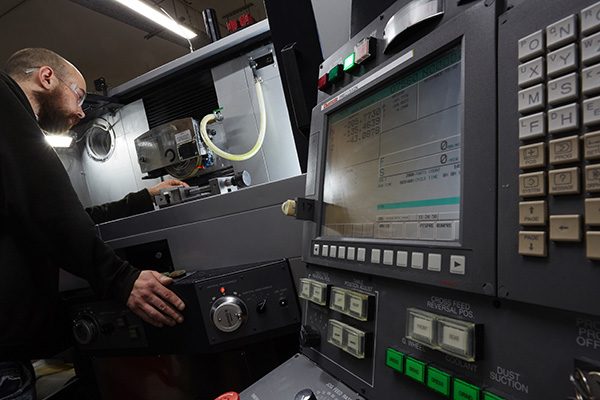Launched to coincide with the arrival of its latest deburring, edge rounding and finishing machine – the 22 series WRBW – the Timesavers online virtual showroom provides access to all the information customers may need, including video tours of each machine.

While face-to-face meetings have proved difficult, if not impossible during the COVID-19 pandemic, this online portal provides potential and existing customers with the information they need to move towards a solution for efficient sheet metal processing.
Although the complete Timesavers product range is available to view in the online showroom, the current focus is on its latest development, the 22 series 600 WRBW, which combines all of the technological and mechanical developments in the larger 32 and 42 series deburring machines, such as a uniform result, even wear of the tooling, high production capacity, and industry 4.0 functionalities in a 600 mm wide platform. The 22 series WRBW is now the company’s most compact rotary brushing machine, and is said to deliver premium Timesavers deburring, rounding and finishing results.
Suitable for customers with smaller production demands and associated budgets, the 22 series WRBW is constructed with a vacuum belt to transfer parts through the first abrasive belt to remove burrs. Then, processing by the four rotary brushes is performed to round external and internal edges (and remove laser oxide skin if specified), with a second belt providing the surface finish requirements to deliver fully deburred and rounded parts. The machine’s arrival marks the completion of the Timesavers RB range for premium deburring and rounding at every budget and capacity.
For further information www.timesaversint.com/online-showroom























